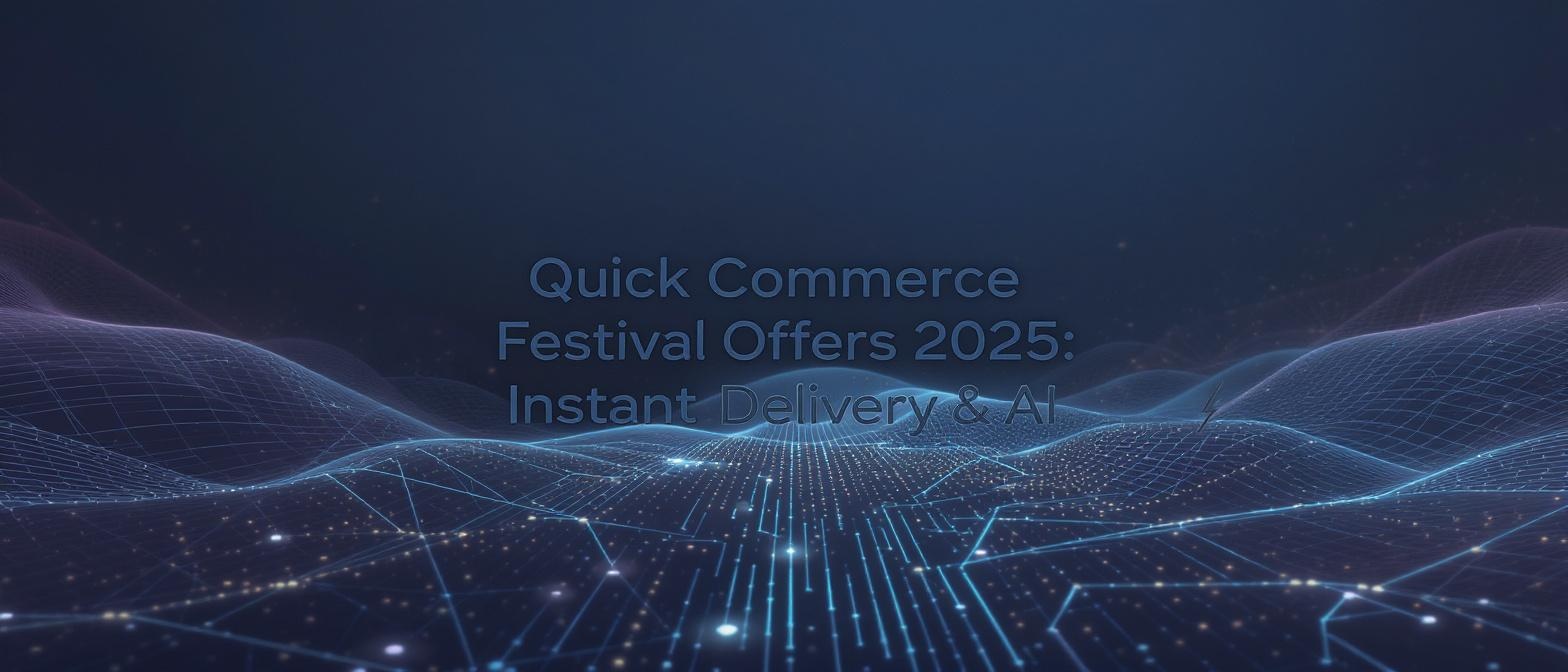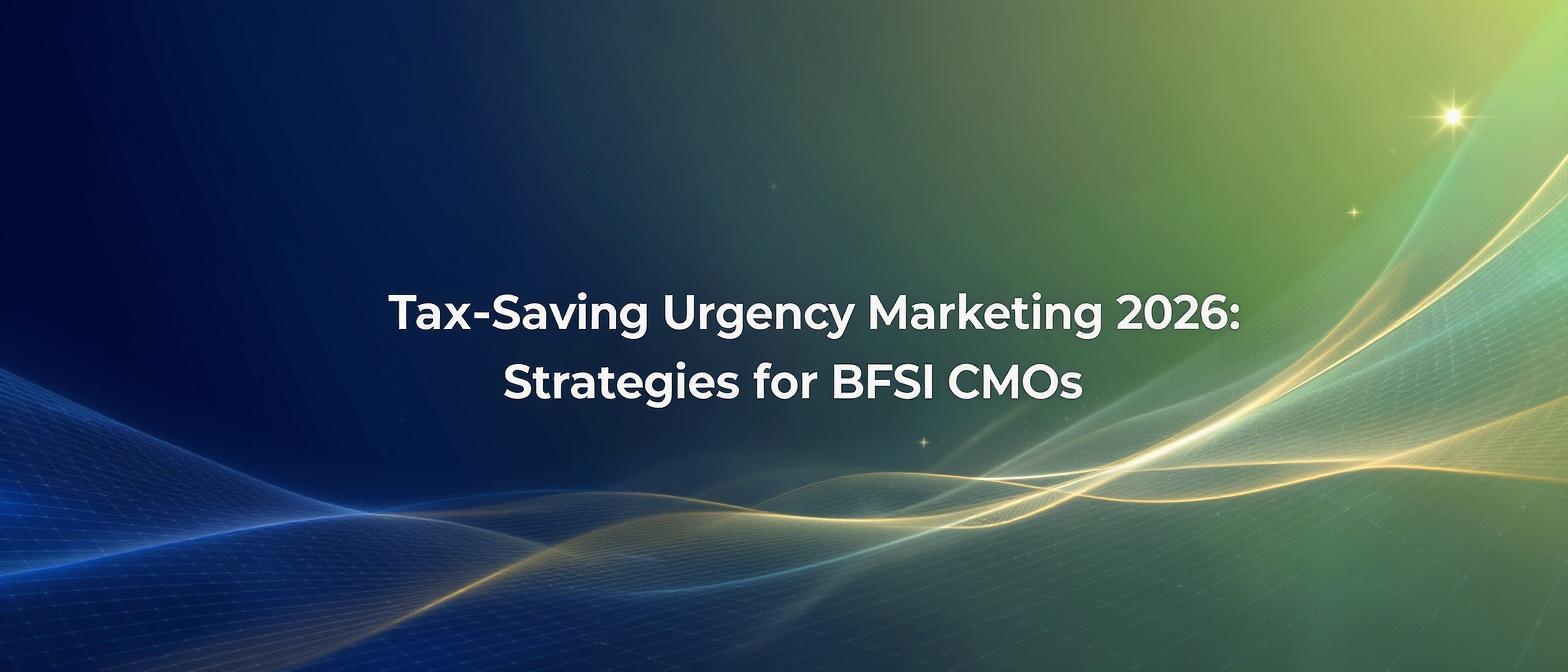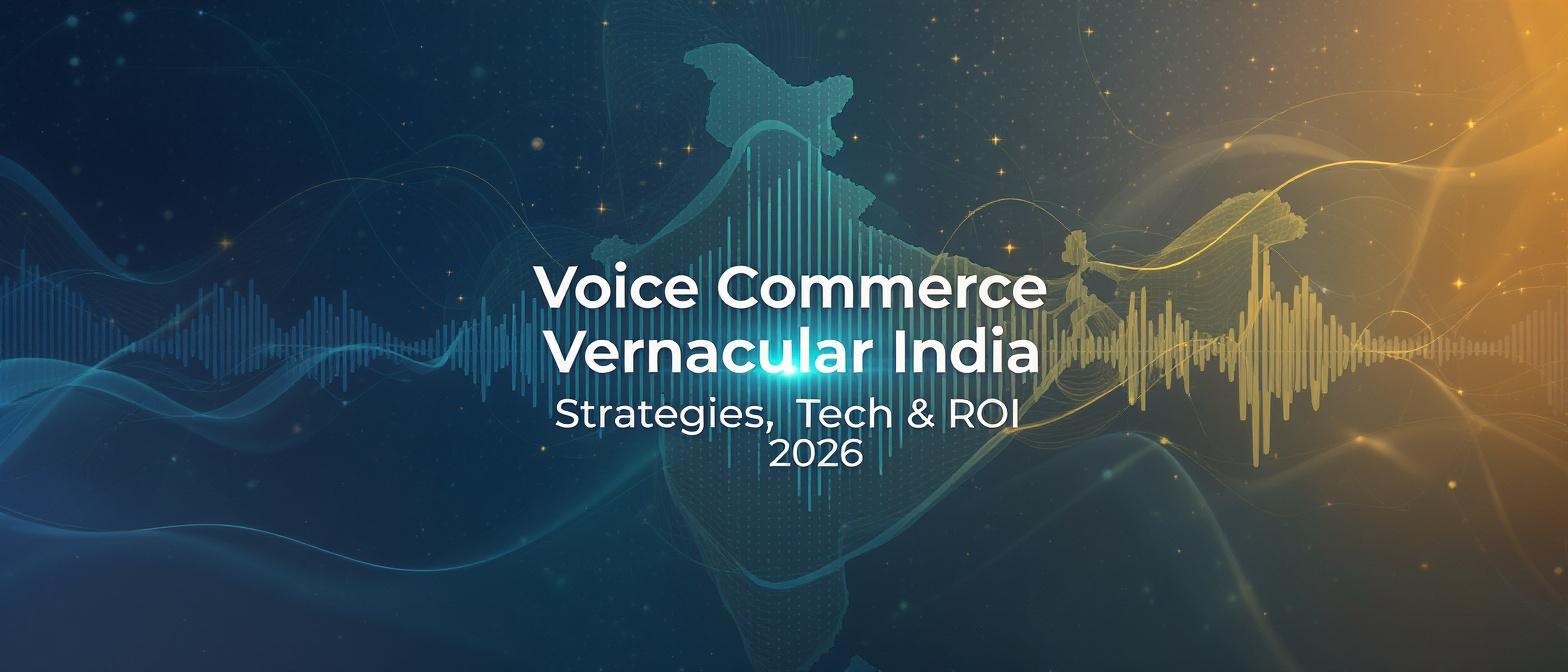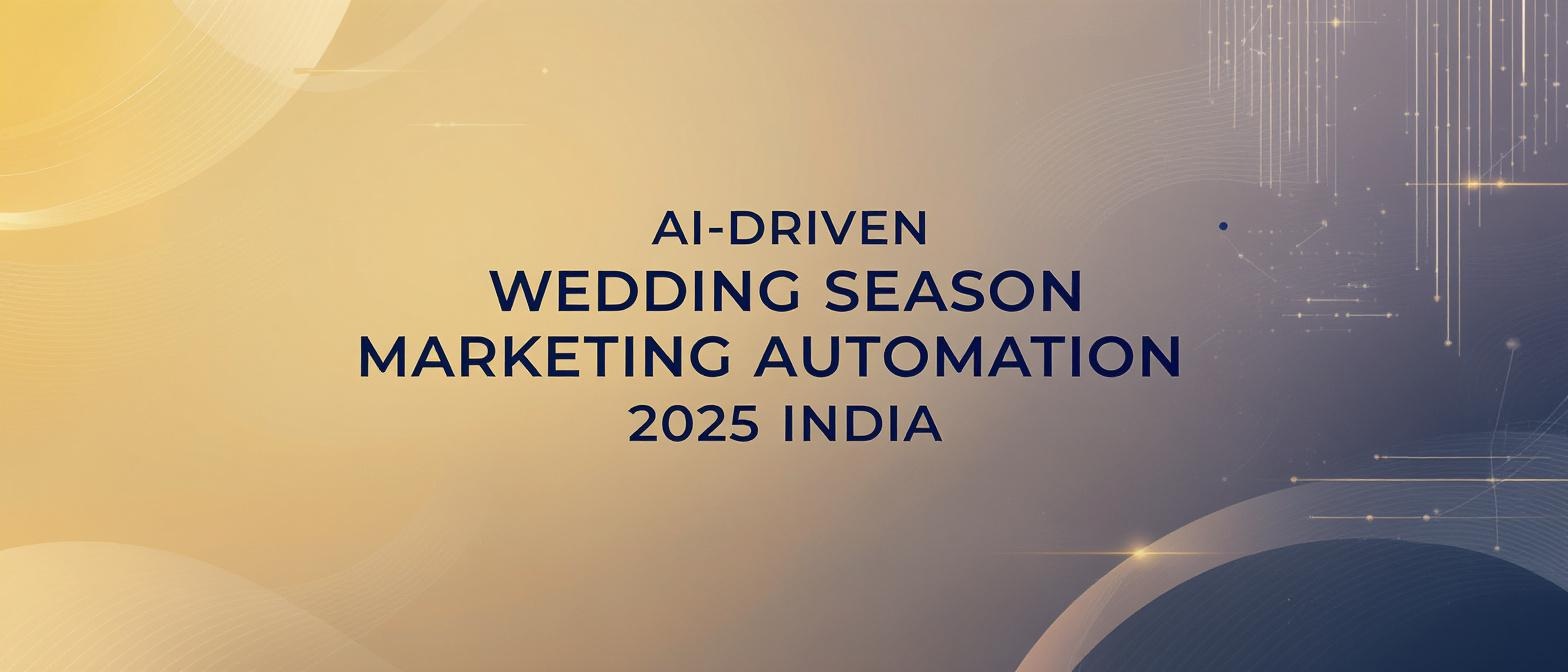The Ultimate Auto Expo 2026 Marketing Strategy for India: 10 Hyper-Personalized Video Tactics to Drive EV Bookings
Estimated reading time: ~14 minutes
Key Takeaways
- Hyper-personalized video campaigns are crucial to stand out at Auto Expo 2026
- Utilize WhatsApp automation and micro-influencers for higher engagement
- Leverage celebrity avatar videos with consent-first compliance
- Implement CRM-triggered offers and real-time video personalization to convert leads
The Auto Expo is not just an event; it’s the epicenter of India’s automotive future. With Auto Expo 2026 poised to be the most influential yet, its role as a catalyst for the nation’s electric mobility revolution cannot be overstated. This is where major EV innovations are unveiled and where the market’s trajectory is set. For automotive CMOs and dealer network directors, the core marketing goal is clear: build unprecedented pre-launch buzz and drive a tidal wave of EV pre-bookings and test drives across both urban and semi-urban India. To achieve this, a forward-thinking Auto Expo 2026 marketing strategy for India must move beyond traditional tactics and embrace the power of hyper-personalized, API-driven video.
The Indian EV market is projected to grow at an astonishing compound annual growth rate (CAGR) of 57.3% from 2025 to 2034, making the stakes at the upcoming Expo higher than ever. Generic advertisements will no longer cut through the noise. The winning strategy lies in creating one-to-one connections at a scale of millions, transforming mass communication into deeply personal experiences that resonate with individual buyers and motivate immediate action. This guide outlines ten sophisticated video strategies engineered to do just that.
Source: carnbikecafe.com
Source: evtechindiaexpo.com
Source: globenewswire.com
1. EV Launch Pre-booking Video Campaigns
An EV launch pre-booking video campaign is a strategic digital video series designed to showcase a new electric vehicle’s design, specifications, and unique selling propositions (USPs) before its official launch. These campaigns are crucial for building anticipation and capturing early orders in a competitive environment like the Auto Expo. By embedding direct pre-booking calls-to-action (CTAs) within the video content, you create a seamless path from interest to commitment.
The real power of these campaigns is unlocked through hyper-personalization at scale. Instead of a single generic video, imagine sending millions of unique videos where each potential customer is addressed by name. Platforms like TrueFan AI enable this by dynamically inserting customer data—like their name, city, and preferred EV model—directly into each video via a simple API call.
Here’s how it works on a technical level:
- Your CRM or database contains customer metadata (e.g., customer_name: “Arjun”, model_interest: “Electric Sedan”).
- This data is sent as a payload to a video generation API.
- The platform’s rendering engine uses this data to customize a master video template, generating a unique MP4 file in under 30 seconds.
The impact is significant. For example, personalized relationship manager (RM) videos have been shown to achieve a 17% uplift in engagement compared to generic versions. This level of personalization makes the viewer feel seen and valued, dramatically increasing their likelihood of placing a pre-booking.
Source: carnbikecafe.com
2. Personalized Test Drive Booking Videos
Driving footfall to dealerships for test drives is a critical post-Expo objective. Personalized test drive booking videos are one-to-one video invitations that encourage recipients to book a hands-on experience by showing the car in a context that is directly relevant to them. This tactic transforms a generic invitation into a compelling, personal call.
The user journey is streamlined for maximum conversion:
- A potential customer clicks a “Book a Test Drive” link on your website or social media.
- Your CRM captures their details and sends the data (name, location, vehicle of interest) to a video API.
- A personalized video is instantly generated and delivered to the user via email or WhatsApp, often featuring a brand ambassador or regional manager.
A standout capability here is the use of “virtual reshoots” and AI editing. This technology allows you to update key details in the video—such as the date, time, or specific dealership location—without needing to conduct an expensive and time-consuming new shoot. Using advanced diffusion-based lip reanimation, the AI can alter the speaker’s dialogue and lip movements to deliver new, updated messaging on the fly. As a best practice, including the customer’s preferred date/time slot and nearest dealership information within the first 5 seconds of the video can significantly boost click-through rates.
3. Dealer Network Engagement Automation
A successful Auto Expo presence requires flawless coordination with hundreds of dealerships. Dealer network engagement automation uses automated video communications to streamline crucial updates for stock availability, provide training invitations, and manage event schedules during the frenetic preparation phase. This approach solves the persistent challenge of managing disparate dealer systems and eliminates the risk of inconsistent messaging that comes with manual coordination.
The solution lies in deep CRM integration. A trigger in your system—such as an updated stock list or a new training module—automatically initiates an API call. This call generates a compliance-checked, personalized video for each specific dealership.
Consider this practical example:
- Trigger: A new EV booth allocation is finalized for the Pune region.
- API Payload: The system maps dealer_id: “PUNE-001” to the p1_text field in the video template.
- API Call: The data is sent to the /api/post_new_request endpoint.
- Result: The dealer principal at “Dealer XYZ” in Pune receives a video message: “Hi Dealer XYZ in Pune, here’s your updated EV booth allocation for Auto Expo 2026.”
The status of each video generation can be monitored via a video-status endpoint, ensuring complete visibility and control over the entire communication workflow. This automated system ensures every dealer receives timely, accurate, and professional communication, fostering a more collaborative and efficient network.
4. WhatsApp Auto Booking Video Flows
With over 500 million users in India, WhatsApp is an unparalleled channel for direct customer engagement. WhatsApp auto booking video flows leverage the WhatsApp Business API to deliver high-impact, one-to-one video outreach at scale. Research shows that Indian users spend an average of 21.4 hours per month on the app, making it a prime channel for high-engagement marketing.
A typical automated flow is designed for speed and interactivity:
- A user initiates an inquiry about an EV model via your official WhatsApp number.
- A chatbot engages the user, collecting basic information like their name and city.
- This data triggers a video generation API to create a personalized video on the fly.
- The chatbot delivers the video link back to the user within the same conversation thread.
The technical execution is critical. A low-latency generation time of under 30 seconds is essential to maintain a fluid, real-time conversation. Webhook integrations can notify your system the moment a video is ready for delivery, ensuring there are no awkward delays. To optimize performance, A/B test different video thumbnail text overlays. For instance, you can compare the engagement rates of a direct approach like, “Ready for your EV test-drive, Priya?” against a more formal one, “Here’s your VIP test-drive invitation.”
Source: businessofapps.com
Source: thecontentkettle.com
5. Celebrity Avatar Car Launch Videos
To create a truly unforgettable launch experience at Auto Expo 2026, brands can employ celebrity avatar car launch videos. This cutting-edge concept uses diffusion-based face reanimation technology to bring celebrity brand ambassadors to life as virtual hosts for your Expo stand or digital launch event. It allows you to create millions of personalized videos from a single, short recording session.
An ethical, consent-first model is paramount. Every celebrity likeness must be contract-cleared for specific campaigns, and robust content moderation filters should be in place to block any offensive or inappropriate use of the technology. With these safeguards, you can confidently launch a campaign where a celebrity seemingly addresses every single recipient personally. For example, a video could feature Kareena Kapoor Khan saying, “Hi Sameer, I’m excited to personally invite you to the unveiling of our new EV in Mumbai.”
The technology is remarkably scalable. A base footage of just 15 minutes can be transformed into millions of unique videos. TrueFan AI's 175+ language support and Personalised Celebrity Videos capability means you can localize this content for diverse audiences across India, complete with perfect lip-sync achieved through advanced voice cloning. This creates a powerful and viral-worthy experience that elevates your brand above the competition.
6. Micro-influencer Automation in India 2025 Auto Context
The influencer marketing landscape in 2025 prioritizes authenticity over sheer reach. Micro-influencer automation in India 2025 auto strategies leverage local influencers (typically with 10,000–100,000 followers) to deliver genuine, peer-to-peer video endorsements at scale. Statistics for 2025 show that the global influencer marketing industry is projected to reach $32.55 billion, with micro-influencers often driving 2-3 times higher engagement rates than their mega-influencer counterparts due to their niche, dedicated followings.
The challenge has always been managing hundreds of micro-influencers efficiently. Automation solves this. By integrating an influencer database with a video generation API, you can programmatically create personalized shout-outs. Simply feed influencer data (name, social handle, niche) into the API to generate videos that can be sent to highly segmented customer cohorts.
Imagine a campaign centered around local test drives:
- A user from Chandigarh expresses interest in your new EV.
- The system identifies a local automotive micro-influencer from Chandigarh in your database.
- An API call generates a video featuring that influencer saying, “Hey everyone in Chandigarh! I’m inviting you for an exclusive test drive of the new EV at [Dynamic Dealership Name]. Use my special link to book your slot!”
This approach combines the trust of a local voice with the precision of data-driven marketing, creating a powerful incentive for customers to engage with your brand at a local level.
Source: influencermarketinghub.com
7. Real-time Video Personalization Engine
A real-time video personalization engine is a low-latency rendering system that adapts video content at the exact moment it is triggered, based on the viewer’s data. This technology moves beyond pre-generated videos to create truly dynamic and interactive experiences. The core architecture relies on a cloud-agnostic GPU farm and real-time APIs to ensure the entire cycle—from video_id request to video_url delivery—completes in under 30 seconds.
This speed opens up a range of powerful use cases perfect for an event like the Auto Expo:
- Interactive Event Kiosks: A visitor scans their badge at a kiosk, and a large screen plays a welcome video addressing them by name and suggesting vehicles based on their pre-registered interests.
- Personalized Push Notifications: A visitor who downloaded the event app receives a push notification with a video from your brand ambassador mentioning a limited-time offer available only at your booth.
- Dynamic Digital Billboards: Digital displays near your Expo stand could greet registered VIPs by name as they approach, creating a truly premium and surprising experience.
To maximize the effectiveness of these real-time campaigns, it’s crucial to monitor analytics dashboards. By tracking view rates, watch-through percentages, and geo-heatmaps, your marketing team can adjust content blocks on the fly to optimize engagement throughout the event.
8. AI Video Compliance Enterprise for Automotive
In the highly regulated automotive sector, AI video compliance enterprise for automotive is not just a feature—it’s a necessity. Enterprises must navigate a complex landscape of advertising standards, avoiding unapproved performance claims, misleading statements, and the potential pitfalls of deepfake technology. A robust compliance framework is essential to protect the brand and maintain consumer trust.
Key compliance features to look for in a video generation platform include:
- Certified Infrastructure: The platform should be built on ISO 27001 and SOC 2 certified infrastructure, ensuring the highest standards of data security and privacy.
- Automated Moderation: AI-powered moderation filters should be in place to automatically reject any user-generated or API-fed text that is political, offensive, or violates brand guidelines.
- Rigorous Contract Protocols: Formal contracts must govern celebrity usage windows, and clear logs should track end-user data consent. A complete audit trail for every single rendered video provides an invaluable layer of accountability.
As a best practice, automotive brands should implement a compliance checkpoint directly into their content pipeline. This involves pre-approving all possible lines of dialogue or text overlays before they are used in a bulk video generation campaign, ensuring every piece of content that reaches a customer is 100% brand-safe and legally sound.
9. Dynamic Offer Video Coupons
Static discount codes are easily ignored. Dynamic offer video coupons, on the other hand, are video-based coupons that feature time-sensitive promotions dynamically embedded for each individual viewer. This tactic is exceptionally effective at boosting conversions by creating a powerful sense of personalized urgency.
The workflow is simple yet powerful:
- Your CRM identifies a customer eligible for an offer (e.g., an early-bird Expo discount).
- It triggers an API call with a unique coupon_code and an expiry_timestamp.
- The video generation platform embeds this information as animated overlay graphics in the video.
- The final personalized video is delivered to the customer via SMS or email.
The benefits are proven. Retailers using this method have seen a 25% lift in coupon redemptions when delivered via video compared to standard text-based offers. A powerful creative tip is to animate the coupon code reveal at the mid-point of the video. This encourages viewers to watch longer, increasing message retention and the likelihood of the offer being shared on social media.
10. CRM-triggered Auto Offer Videos
CRM-triggered auto offer videos are personalized video offers that are automatically sent to customers based on specific behaviors or data points recorded in your Customer Relationship Management system. This proactive and data-driven approach ensures that your communication is always timely, relevant, and impactful.
The technical integration is seamless:
- An event in your CRM (e.g., a customer abandons a booking flow, reaches a new loyalty tier, or has a service appointment due) sends a push webhook.
- This webhook triggers a /api/post_new_request call to the video platform with the relevant customer data.
- Once the video is rendered, a video_url is sent back to your system via a webhook callback.
- Your system then automatically embeds this video URL into the appropriate outbound communication channel (email, SMS, WhatsApp).
The ROI of this strategy is well-documented. Solutions like TrueFan AI demonstrate ROI through impressive case studies, such as a telecom client that reduced customer churn by 50% using personalized retention videos and a travel portal that achieved 3.2 times higher contest participation. The key is to meticulously map CRM events to specific video templates and personalize key text and image placeholders to create a truly one-to-one communication experience.
Conclusion: Winning the Future of Automotive Marketing
To stand out at Auto Expo 2026, automotive brands must move beyond broadcasting and start connecting. Each of the ten video tactics detailed above contributes to a cohesive Auto Expo 2026 marketing strategy for India that is built on the principles of personalization, automation, and scalability. From generating powerful pre-launch buzz and securing early EV bookings to fostering seamless dealer collaboration and ensuring brand compliance, these strategies provide a comprehensive roadmap for success.
The future of automotive marketing is not about reaching the most people; it’s about moving each person. By transforming data into dialogue and attention into action, you can create a customer journey that is as innovative and exciting as the electric vehicles you are bringing to market.
We invite automotive CMOs and dealer network directors to explore how an enterprise-grade suite of hyper-personalized video tools can power your campaigns, drive measurable results, and define your brand as a leader in India’s electric revolution.
Source: mckinsey.com
Frequently Asked Questions
1. What is hyper-personalization in automotive marketing?
Hyper-personalization is the practice of using real-time data and AI to deliver highly contextualized and individualized marketing messages. In the automotive context, this means moving beyond addressing a customer by name to including details like their city, the specific car model they are interested in, their nearest dealership, or a unique offer based on their browsing history, all within a video.
2. How long does it typically take to generate a personalized video via API?
Modern real-time video personalization engines are engineered for speed. Using cloud-based GPU farms and efficient rendering pipelines, a unique, high-quality personalized video can typically be generated from an API call in under 30 seconds, making it suitable for real-time applications like chatbot conversations and interactive kiosks.
3. Is using celebrity avatars in marketing videos legal and ethical?
Yes, provided it is done with a consent-first approach. Leading platforms that offer this technology work on a basis of formal contracts with celebrities, ensuring they have given explicit permission for their likeness to be used in specific campaigns. This, combined with content moderation filters to prevent misuse, ensures the practice is both legal and ethical.
4. How can a platform like TrueFan AI ensure brand safety with AI-generated videos?
Brand safety is ensured through a multi-layered approach. First, the underlying infrastructure is typically ISO 27001 and SOC 2 certified for data security. Second, automated AI moderation filters are used to scan all input text to block and reject any content that is offensive, political, or violates pre-set brand guidelines. Finally, enterprise-level workflows include compliance checkpoints for pre-approving all content elements before any videos are generated.
5. What kind of ROI can be expected from personalized video campaigns?
The ROI can be measured across various metrics. Case studies have shown significant lifts, including a 17% increase in engagement for personalized messages, a 25% increase in coupon redemptions via video, a 50% reduction in customer churn, and a 3.2x lift in contest participation. The key is that personalization drives higher relevance, which in turn leads to better engagement and conversion rates.





